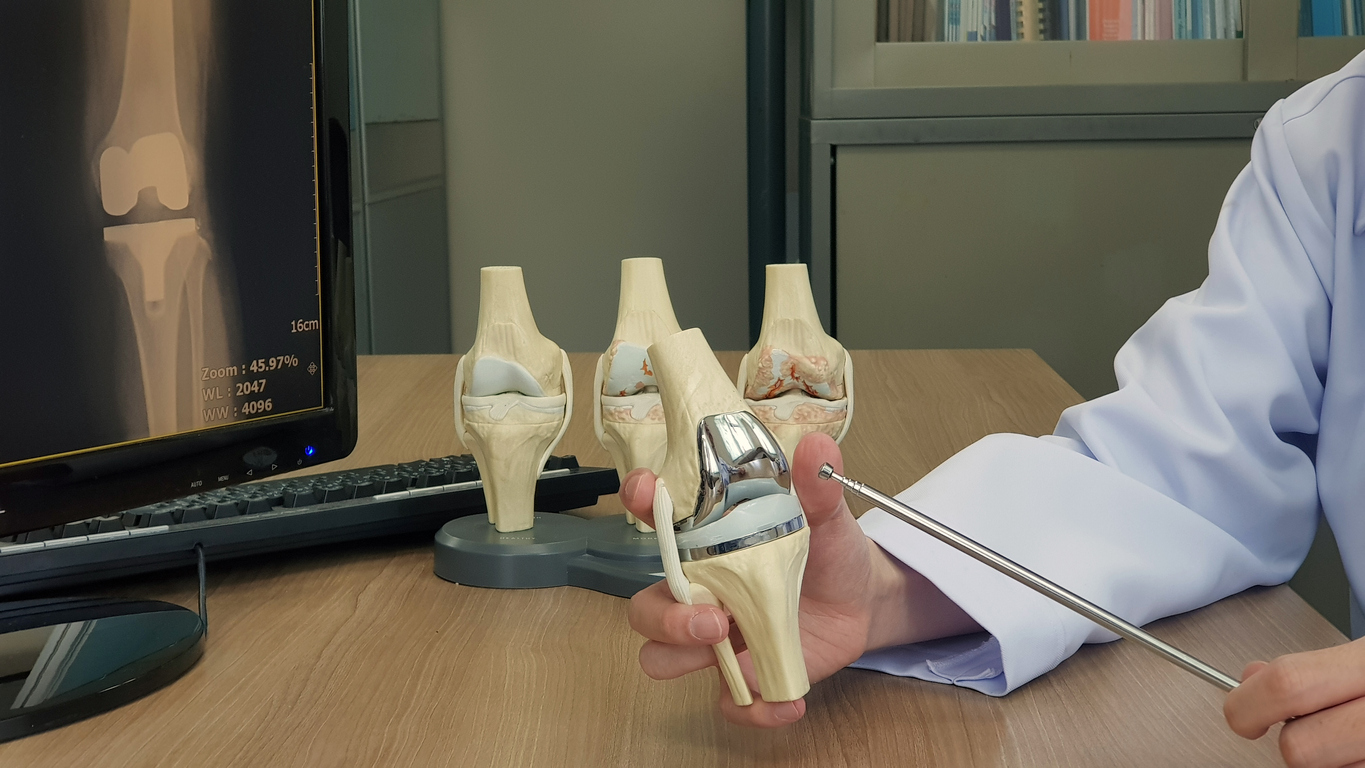Part 7: Questions Most Patients Have After Knee Replacement (That No One Ever Answers)
Aug 01, 2025

You’ve made it through the surgery. You’ve survived the hospital stay. You’ve probably even gritted your teeth through the first few rounds of physical therapy. And yet… you still have questions—some that never got asked, and others that got shrugged off with vague answers or blank stares.
So let’s break it down. These are the things I’ve heard over and over again—from patients in my clinic, from surgeons I worked with in the OR, and from those sitting at home thinking, “Wait… is this normal?”
1. “Will I ever feel ‘normal’ again?”
It depends on your definition of normal. You’ll likely function better than before the surgery—less bone-on-bone grinding, fewer sleepless nights. But a knee replacement doesn’t give you your original knee back. It gives you hardware designed to mimic your joint—but it isn’t the same.
The natural knee has asymmetrical condyles (the rounded parts of your femur), which allow for a unique kind of “rollback” in deep flexion. Most prosthetics are designed symmetrically. That means you might always feel a bit different going down stairs, kneeling, or trying to squat. One company I worked with—Smith & Nephew (and no, this isn’t a plug)—has created more ergonomic options to better replicate natural motion. But even the best implants can’t replicate what nature originally gave you.
And if no one told you that before surgery… I’m telling you now.
2. “Why is my other knee starting to hurt?”
Simple answer? Because it’s now doing double duty. Most people favor the non-surgical side while healing. That shifts your gait, posture, and movement patterns—causing strain on the other knee, hip, or even your back.
Also: if you didn’t address the reasons the first knee wore out (diet, movement mechanics, inflammation), you’re probably still living in the same body patterns. If you didn’t change the input, you’ll get the same outcome.
But here’s the silver lining: you still have time to protect that second knee. Don't wait for it to fail.
3. “My surgeon said the surgery went great… so why do I still feel stiff and swollen?”
Because surgery is trauma. Controlled trauma, yes—but trauma nonetheless. Your body responds to it with inflammation, protective guarding, and a nervous system that might be running in high-alert mode for weeks or months.
And if you’re not doing your PT consistently every day, managing your stress, sleeping well, and eating an anti-inflammatory diet? That inflammation doesn’t just magically disappear. Pain meds aren’t healing agents. They’re symptom suppressors. You’ve got to do the real work if you want real recovery.
4. “Should I get a steroid injection if it still hurts?”
Let me be crystal clear: I do not condone corticosteroid injections as a long-term solution to knee pain—especially after a replacement.
Here's why:
-
Cortisone kills nerves. That’s why the pain goes away.
-
It also breaks down connective tissue, cartilage, and joint integrity over time.
-
You only get three injections max in a single joint for a reason—after that, the risk of permanent tissue damage skyrockets.
-
Nerve regrowth doesn’t happen in the same pattern. So if the second shot doesn’t work, it’s not that your body is broken—it’s that the target moved.
Worse yet, many patients are given these shots without real explanation. If the pain disappears, they keep using the joint as normal, causing further injury without feedback from the body. It’s like cutting the wires to your check engine light and pretending the car is fine.
Steroids are a band-aid. Not a fix.
5. “Why did my surgeon get defensive when I asked about long-term outcomes?”
Ah, the old “doctor knows best” approach. Look—many surgeons are amazing. But if your doctor shuts down your questions, gets defensive, or doesn’t offer you transparency about your options, recovery expectations, or the implant itself? Time to find another one.
The age of doctors being treated like gods is over. We now live in an era of shared decision-making. And with the amount of clinical research available—not to mention the role of diet, inflammation, and movement patterns in hardware success—you deserve more than a 10-minute consult and a generic pamphlet.
You are the one who has to live in this body. Not them. Never forget that.
6. “So what should I be doing now?”
If you’ve made it this far in the series, you already know the answer.
✅ Daily mobility
✅ Functional strength
✅ Gait retraining or postural therapy
✅ Acupuncture for full-body healing
✅ An anti-inflammatory diet (hint: that means ditching dairy)
✅ Supportive, empowering practitioners—not just prescriptions
✅ And most of all, ownership of your healing

You didn’t get into this situation overnight—and you won’t rebuild it overnight either. But you can rebuild. And not just your knee—your strength, your confidence, your freedom.
Your body is either becoming a cage or becoming a palace. You get to choose.
Keep moving, eat something green, and question anything that sounds like a quick fix.
Chow! Chow!







